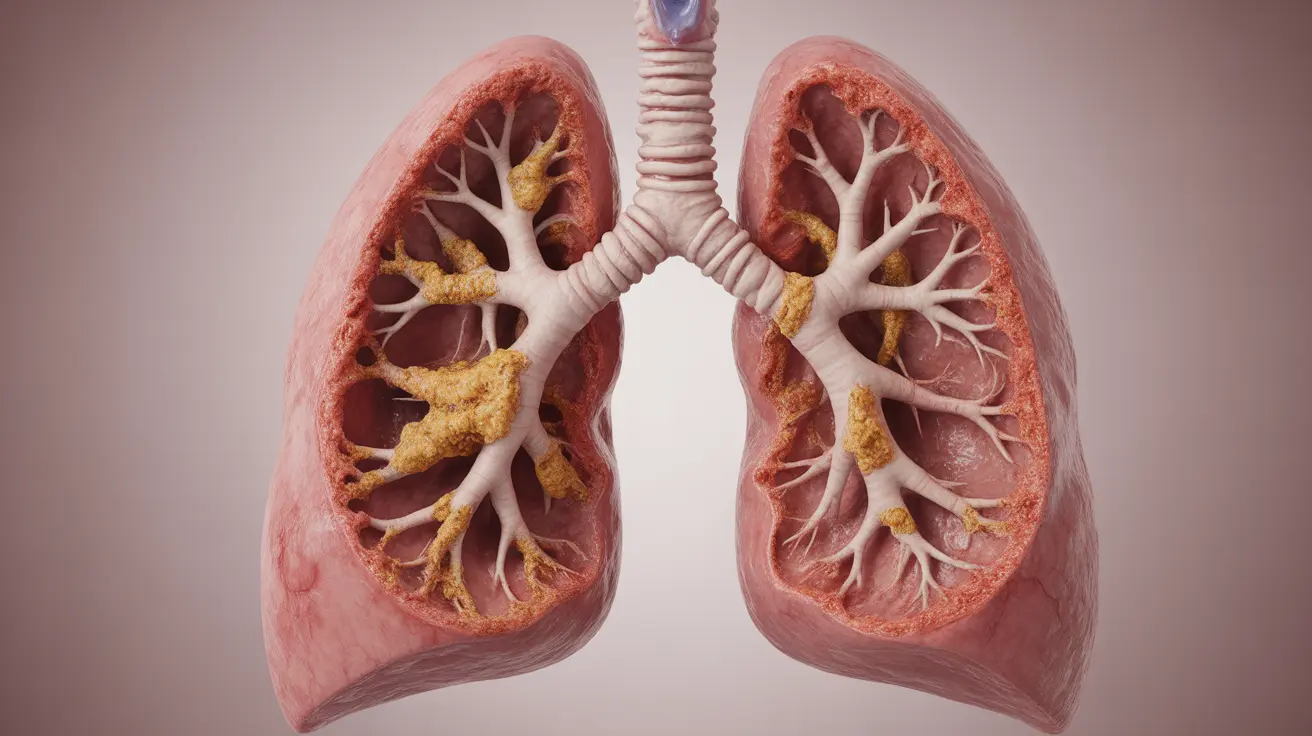Asthma is indeed a chronic respiratory condition that affects millions of people worldwide. While many associate asthma primarily with acute attacks or flare-ups, it's important to understand that asthma is an ongoing condition that requires consistent management, even when symptoms aren't actively present.
This comprehensive guide will explore the chronic nature of asthma, its symptoms, management strategies, and how to distinguish between everyday asthma symptoms and acute attacks.
The Chronic Nature of Asthma
Asthma is classified as a chronic inflammatory disease of the airways. Even when a person isn't experiencing obvious symptoms, the underlying inflammation and airway sensitivity remain present. This ongoing condition requires regular monitoring and management to prevent complications and maintain optimal respiratory health.
Understanding Airway Changes
In people with asthma, the airways are chronically sensitive and can become inflamed, leading to:
- Airway swelling and inflammation
- Increased mucus production
- Muscle tightening around the airways
- Heightened sensitivity to various triggers
Distinguishing Between Chronic Symptoms and Acute Attacks
People with chronic asthma may experience different levels of symptoms, ranging from mild persistent symptoms to severe acute attacks.
Chronic Symptoms
Common ongoing symptoms include:
- Mild wheezing
- Occasional shortness of breath
- Nighttime coughing
- Reduced exercise tolerance
- Chest tightness
Acute Attack Symptoms
During an acute asthma attack, symptoms become more severe and may include:
- Severe wheezing
- Rapid breathing
- Extreme difficulty breathing
- Chest pain or tightness
- Blue-tinged lips or fingernails
- Inability to speak in full sentences
Managing Chronic Asthma
Effective management of chronic asthma involves several key components that work together to maintain lung function and prevent acute attacks.
Daily Management Strategies
- Regular use of prescribed controller medications
- Monitoring peak flow measurements
- Identifying and avoiding triggers
- Following an asthma action plan
- Regular check-ups with healthcare providers
Medication Types and Their Roles
Asthma management typically involves two main categories of medications:
- Long-term control medications (controllers)
- Quick-relief medications (rescue inhalers)
Preventing Acute Flare-ups
Understanding and avoiding common triggers is crucial for preventing acute asthma attacks. Common triggers include:
- Airborne allergens
- Respiratory infections
- Physical exercise
- Cold air
- Air pollution
- Strong emotions or stress
Frequently Asked Questions
- Is asthma considered a chronic illness or does it only occur during asthma attacks?
Asthma is definitively a chronic illness that persists even when symptoms aren't active. While attacks are periodic, the underlying condition requires ongoing management and monitoring.
- What are the common symptoms that indicate chronic asthma versus an acute asthma attack?
Chronic asthma typically presents with mild, persistent symptoms like occasional wheezing and shortness of breath. Acute attacks are characterized by severe breathing difficulty, rapid breathing, and inability to speak full sentences.
- How is chronic asthma managed to prevent sudden flare-ups or attacks?
Chronic asthma is managed through regular use of controller medications, trigger avoidance, peak flow monitoring, and following an asthma action plan developed with healthcare providers.
- What triggers can cause acute asthma attacks in people with chronic asthma?
Common triggers include allergens, respiratory infections, exercise, cold air, air pollution, and strong emotions. Identifying and avoiding personal triggers is crucial for prevention.
- What types of medications are used to treat chronic asthma and how do they work?
Chronic asthma treatment typically involves two types of medications: long-term controllers that reduce inflammation and prevent symptoms, and quick-relief medications that provide immediate relief during attacks.




